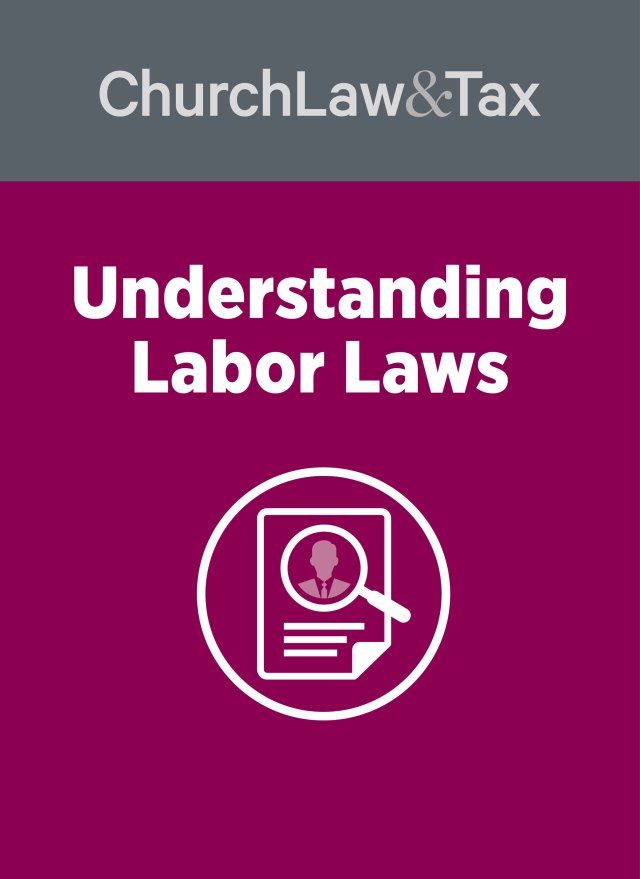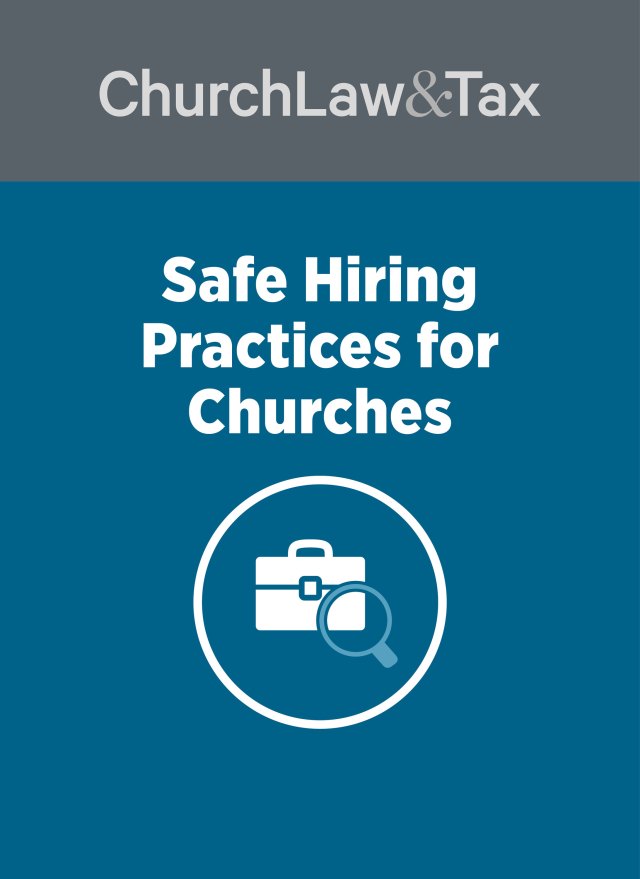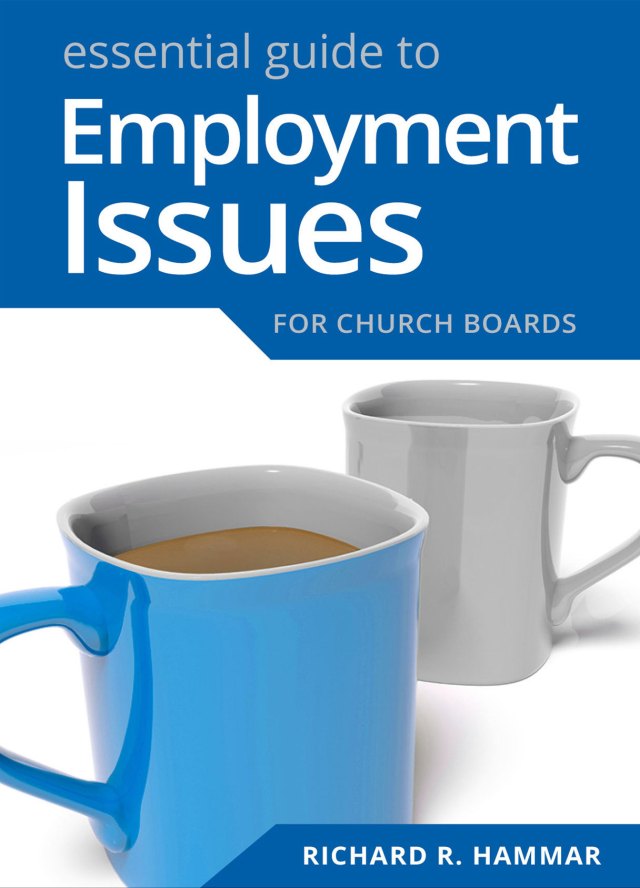• Key point 2-01.2. In hierarchical churches, ministers ordinarily are selected by church members or according to rules promulgated by a parent denomination. Initiating the Pastor-Church Relationship
• Key point 2-04.2. Some courts are willing to resolve disputes over the termination of clergy if they can do so without any inquiry into religious doctrine. Termination
• Key point 6-06.2. Officers and directors must be legally authorized to act on behalf of their church. Legal authority can be express, implied, inherent, or apparent. In addition, a church can ratify the unauthorized actions of its officers or directors, but this is not required. Church Officers, Directors, and Trustees
• Key point 7-03.2. Some courts apply the “compulsory deference” rule in resolving disputes over the ownership and control of property in “hierarchical” churches. Under this rule, the civil courts defer to the determinations of denominational agencies in resolving such disputes. State Court Rulings Regarding Church Property Disputes
A Pennsylvania court ruled that a church board lacked the authority to remove a pastor because the church was “hierarchical” in nature and the board’s action was in violation of the national church’s constitution. A church board became dissatisfied with the services of their pastor of 28 years. The board took action to dismiss him and served him with a notice instructing him to vacate the church parsonage. Officials of the national church with which the church was affiliated learned of the board’s decision and immediately prohibited any other pastor or deacon from serving at the church. In response to this order the church board changed the locks on the church and threatened to select their own pastor. The national church asked a court to issue an order (1) prohibiting the church board from calling any person to conduct religious services without its consent, (2) reversing the church board’s decision to dismiss the pastor, and (3) allowing the pastor to continue residing in the church parsonage. A trial court ruled that the local church was “congregational” in nature, and therefore was authorized to remove the pastor and evict him from the parsonage. The court also ordered a congregational meeting to be conducted to elect new board members, since the current board members’ terms had expired. The national church appealed.
An appeals court began its opinion by noting that whether the church board had the power to take the actions it did depended on whether the church was hierarchical or congregational in nature:
The resolution of that issue was determinative because a hierarchical church is a church which consists of an authoritarian body of religious officials organized by rank and jurisdiction and reposes determination of ecclesiastical issues in a certain body, the resolution by that body being determinative. In contrast, a congregational church is one in which the local congregation has full control and final authority over church matters within its own area prescribing action by majority vote of that particular congregation. If the relationship between [the local church and national church] is hierarchical in nature, then the determinations regarding [the pastor] made by the [national church] in accordance with its constitution would control; but if [the church] was congregational, the church board would have the discretion to remove him and otherwise manage the church in accordance with the local bylaws.
The court concluded that whether the church is hierarchical or congregational in nature is a dispute that could be resolved by the civil courts. Further, in determining whether a church is hierarchical or congregational, a court may consider things such as “a church’s articles of incorporation and bylaws, as well as, in secular terms, religious documents, rituals and practices of the church, including whether the local organization accepted ministers appointed by [the national church] or made payments to the funds of the [national] church …. When a church is founded under the jurisdiction of a hierarchical authority, it must remain that way. Likewise, if a church is founded as an independent body beyond the jurisdiction of a hierarchical authority, it will remain independent.”
The church board insisted that the church charter, deeds and bylaws proved that the church was a congregational or independent church. Primarily, the board relied on “Article 34” in the church’s bylaws, which was adopted in 1984:
The intent of these bylaws is to establish a church or parish with the right to terminate or revoke its denominational adherence. This is in accord with the history and practices of the church and parish which has always maintained its right, charter provisions to the contrary notwithstanding, to adhere to or revoke denominational affiliation at any time. In the event it is desired to change its denominational affiliation or to proceed independently, such action may be taken at the annual meeting, at which all provisions as to notice and quorum shall apply or at a special meeting, notice of which may be given in writing by any member at least ten (10) days in advance of the date fixed for the meeting.
The court conceded that if this bylaw was valid, there would be no doubt that the church could secede from the denomination if a vote of the congregation was in favor of the action. However, “because once a hierarchical church, always a hierarchical church, we must examine the legal relationship it had with the [national church] prior to adoption of that bylaw in 1984.” The court pointed out that the national church’s constitution, adopted in 1973, authorized local churches to adopt bylaws, but specified that bylaws could not be inconsistent with the letter and spirit of the national church’s constitution and had to be accepted by a national church official before they would be valid. The court noted that Article 34 in the local church’s bylaws was in clear violation of the national church constitution and had never been accepted by a national church official. Because the church was under the jurisdiction of the national church at the time Article 34 was adopted in 1984, that article was “invalid and irrelevant” in determining the governance of the local church. The court concluded:
Because [the local church’s] relationship with the [national church] is hierarchical in nature, it cannot secede from the [national church] and, accordingly must carry out its affairs in accordance with [the national church’s] governance. As to [the pastor’s] termination as pastor of the parish, that must be carried out in accordance with the procedures set forth in the [national church] constitution, and because that is an internal church matter, we will [reverse] that portion of the trial court’s order ordering an election by the congregation to determine whether he will be discharged or not. As to the election of new church board members, because all the parities agree that the present church board members’ terms have expired and a new election is needed, we affirm that portion of the trial court’s order directing such an election be held.
Application. This case illustrates the importance of local church compliance with applicable denominational constitutions and bylaws in (1) selecting and removing pastors, (2) adopting bylaws, and (3) attempting to disaffiliate from a denomination. The American Carpatho-Russian Orthodox Greek Catholic Diocese of the U.S.A. v. Church Board, 749 A.2d 1003 (Common. Pa. 2000).
© Copyright 2000 by Church Law & Tax Report. All rights reserved. This publication is designed to provide accurate and authoritative information in regard to the subject matter covered. It is provided with the understanding that the publisher is not engaged in rendering legal, accounting, or other professional service. If legal advice or other expert assistance is required, the services of a competent professional person should be sought. Church Law & Tax Report, PO Box 1098, Matthews, NC 28106. Reference Code: m31 c0101




